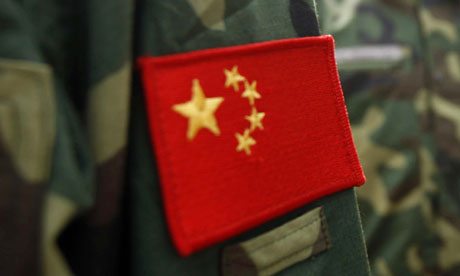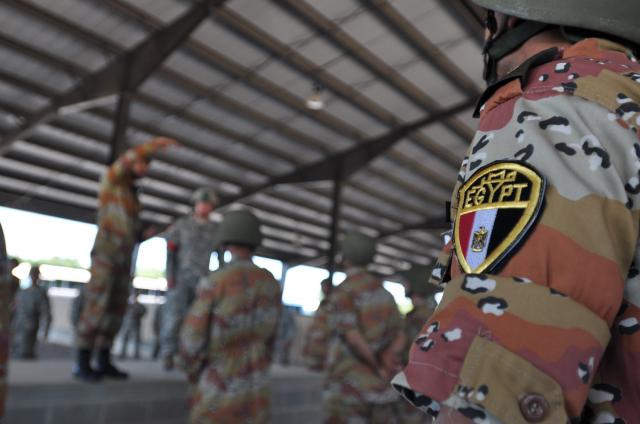In its annual national defense report, Taiwan’s Ministry of National Defense warns its neighbors, the United States and its own people that by 2020 the People’s Republic of China will be able to conduct a successful invasion of the island. Beijing has engaged in a comprehensive military buildup designed to make it the dominant military power in the region.
Moreover, as part of this buildup, the People’s Liberation Army (PLA) is investing in weapons systems specifically directed at countering U.S. capabilities to intervene on behalf of Taiwan and other regional allies. These include a ship-killing ballistic missile, anti-satellite weapons, long-range, high-performance surface-to-air missiles, advanced jet fighters, several classes of conventional and nuclear attack submarines and anti-ship cruise missiles.
Taiwan needs to take this threat seriously. It also must make credible investments in a modernized military. This should include a “miniature” version of the PLA’s anti-access/area denial investments, capabilities such as advanced air defenses, passive protection measures for critical assets, modern sea mines and anti-ship cruise missiles. Taiwan is acquiring refurbished U.S. P-3 Orion anti-submarine warfare aircraft, Patriot anti-aircraft missiles, Harpoon anti-ship missiles and mine hunting ships. It is also developing families of anti-aircraft and anti-ship missiles.
Two areas where Taiwan is seriously lagging are modern interceptor aircraft and diesel submarines. The United States has refused to sell Taiwan new F-16C/Ds to replace its older A/B models. None of the makers of modern diesel-electric submarines have been willing to risk Beijing’s wrath by selling to Taiwan. Perhaps Germany and smaller states can be bullied by Beijing, but Washington should stand up and do the right thing: sell Taiwan new F-16s.
Beyond what Taiwan can do to improve its self-defense capabilities, there are steps the United States can and must take to improve its military posture in the Asia-Pacific region and thereby deter Chinese aggression.
There are a range of measures the U.S. military should take, some in concert with regional allies, to make it more difficult for the PLA to conduct a successful first strike. These include hardening existing bases and facilities, providing for rapid dispersal of air and sea assets, deploying additional fuel, ammunition and spare parts forward and, above all, adding more air and missile defense assets in the region.
More broadly, the U.S. military must invest in capabilities that will counter China’s military investments. This means more Virginia-class nuclear submarines, a new long-range strategic bomber, naval tactical lasers for ship defense, the KC-46A tanker and a capable long-range unmanned system that can be launched by and recovered on an aircraft carrier.










